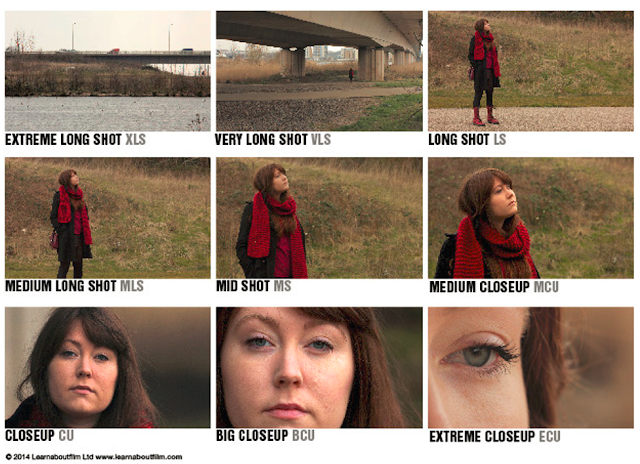Film and
video
Film and video
The word analogue or analog recording comes from the Greek, ana “according
to” and logos “relationship”.
An analogue or analog signal
is continuous, any continuous signal for which the time varying feature
(variable) of the signal is a representation of some other time varying
quantity, i.e., analogous to another time varying signal. For example, in an
analogue audio signal, the instantaneous voltage of the signal varies
continuously with the pressure of the sound waves- a continuous wave form.
It does differ from a
digital signal, in which in the continuous quantity is a representation of
a sequence of discrete values which can only take on one of a finite number of
values.
The term analogue signal usually refers to electrical signals;
however, mechanical, pneumatic, hydraulic, human speech, and other systems may
also convey or be considered analogue signals- always broken down into ones and
zeros.
Analogue
Analogue recording is a technique used for the recording of
analogue signals which, among many possibilities, allows analogue audio and
analogue video for later playback.
Analogue recording methods store signals as a continuous signal or
in the media. The signal may be stored as a physical texture on a phonograph
record, or a fluctuation in the field strength of a magnetic recording. This is
different from digital recording which digital signals represented as discrete
numbers.
Digital
Digital signals are a sequence of pulses consisting of just two
states which are ON (1) OFF (0). There are no numbers or values in-between.
Film
Film can be a chemical or a digital process.
When it is a chemical process a light sensitive silver halide
emulsion coated on a film base is exposed to light in a camera. This creates a
latended image which is made visible by emerging the film into a chemical
solution which we refer to as a developer. A print can then be made by
projecting the image from the film onto sensitized photographic paper and
processing the paper through a number of chemical baths.
A movie projector is an opto-mechanical device for displaying motion
picture film by projecting it onto a screen.
Digital
Digital imaging does not require chemical. Digital images are captured
using arrays of photo sensors and these images are then processed by
specialised software. Prints can be made through for traditional projection. Or
film can remain in a digital form for digital projection.
In everyday speak, people commonly refer to chemical photography
as analogue to contrast it with the digital process. Here analogue is referring
a signal whose output is proportional to the input.
A good example for analogue in traditional photography is a light
meter where light falls on a photo cell which generates an electrical current
moving a needle over a scale. The brighter the light is, the more the needle
moves. Ironically, the sensor in a digital camera is also analogue: each one of
the millions of pixels which constitute the sensor is a light sensitive photo
cell generating a tiny electrical current which is responding to light. The brighter
the light the stronger the current.
here is a video which i have found which shoes the difference between Analogue and Digital in filmmaking. The video also uses two different cameras in which one is analogue and one is digital with the comparisons being made throughout the video.









